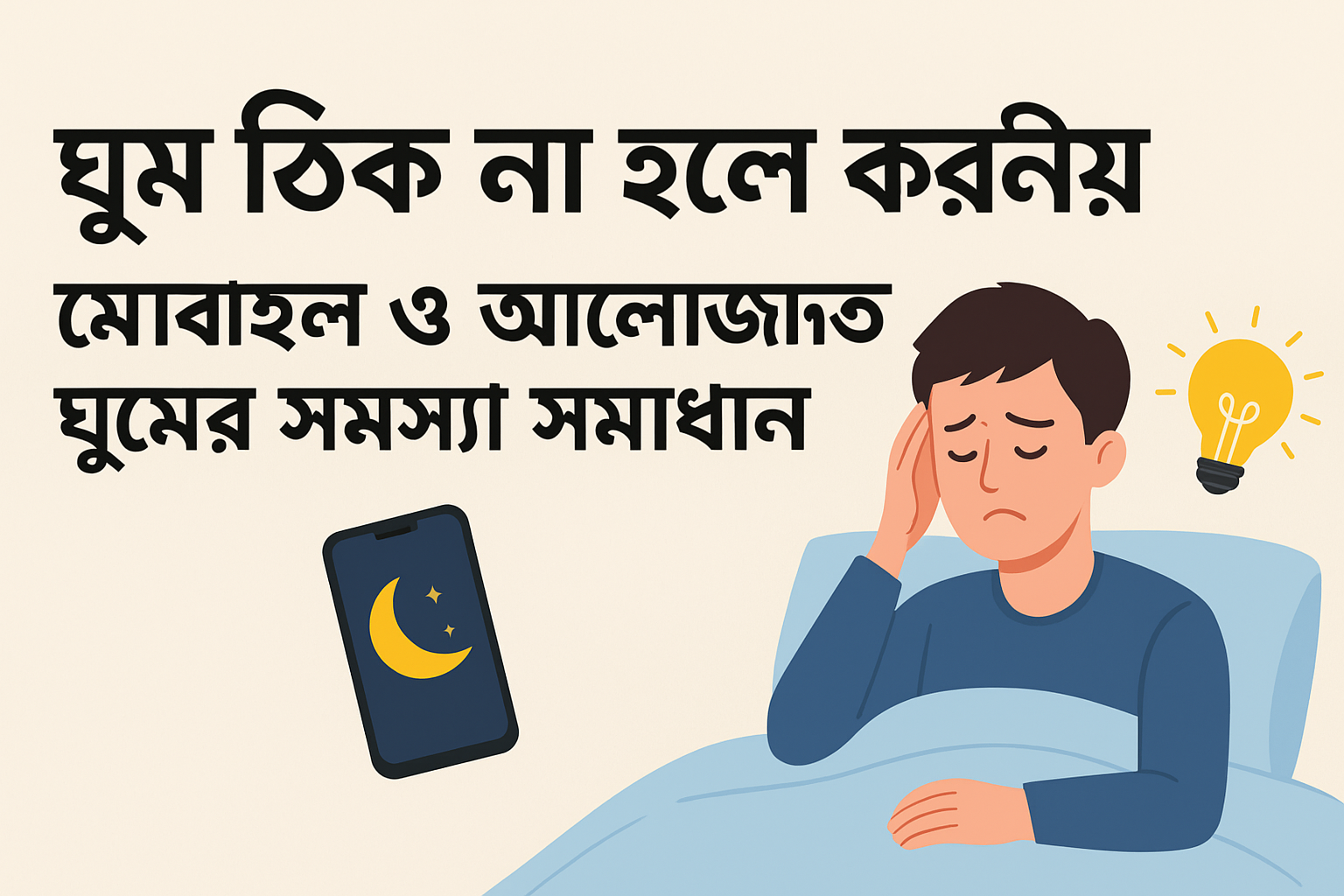Methodology Study design and Settings: To Study Drug- drug interaction in pharmacotherapy of hypertension I used retrospective cross sectional study to identify generalized drug-drug interaction which is conducted in North West general hospital and research center. North West general and research center provided health care services to Peshawar and other neighboring areas. NWGH have general medical ward, general surgical ward, and obstetrics/ gynecology wards, cardiology/CCU, orthopedics, pediatrics, ENT, skin/psychiatry/dengue fever ward, an ICU and an accident and emergency department.
Things to be Considered in Data collection
Drug interaction in pharmacotherapy- For this retrospective study a total of 45 patients medical histories were collected. For this purposes a proforma designed by Dr. Fazle Rabi are used. Data collected from the medication record was included the patient,s demography, weight, height, date of admission (DOA), date of discharge (DOD), chief complaints, history of present illness, past surgical history, social history, family history, allergies, result of relevant laboratory tests, final diagnosis and detail of medication including dosage form, brand (generic), dose, frequency and duration of drug.
Data analysis:
Analyzed the collected data of drug-drug interaction by using Micromedex, Medscape drug interaction checker and other drug related problems were identified by analyzing individual case histories of patients. For statistical analysis of data I used MS-EXCEL.
- ঘুম ঠিক না হলে করণীয়: আধুনিক জীবনে ঘুমের সমস্যার সমাধান
- ডায়াবেটিস রোগীদের জন্য খাবারের চার্ট এবং টিপস
- Homemade Turkey Hot Dog Recipes: A Healthy and Delicious Alternative
- Diet of Newborn Wolf Pups: What Do They Eat in the Wild?
- Korean Corn Dog Recipe Without Yeast – Crispy & Delicious!
Discussions pharmacotherapy of hypertension
Drug interaction in pharmacotherapy- The present study was conducted in North West General Hospital, the topic of this study was “Drug-drug interaction in pharmacotherapy of hypertension “Three months’ prospective study from Sep 11 to 15 Dec 2018 has been conducted. Have collected 40 histories of hypertension in North West General Hospital Peshawar. In which 20 (40%) of male and 30 (60%) of female. The data was collected by regular following up of patient by checking patient profile on regular base along with asking different question from the patient and attendant. All the histories collected were analyze on regular base by comparing it with standard guide line given in different resources like Lexi-comp, BNF-67, drug info sync online, Micromedex online, global RPH online, stock lay drug interaction hands book, meds cape drug interaction and indication etc. for their rational use in order to increase patient better outcome.

There is no proper monitoring system for investigation of drug related problems and unfortunately the pharmacists appointed are not assigned for proper job description of providing care and medication management for the patients. Administration of N.W.G.H used specific form in order to maintain patient medication record from which I obtained my concerned data. This form includes various information about patient including, demographic data, chief complains, family histories, past medication and present medication, and these data were analyzed to investigate the incidence, levels and risk factors of DDI in the patient medication charts.
In case of hypertensive disease, the patient usually belongs from Mardan, Peshawar, Swat, Bannu, Waziristan etc., having age ranges 30-70 years and most of them adult patient from 39-70 years were affected.
The analysis showed that potential drug-drug interactions are more accounted for a substantial amount of potential drug toxicity. In the present study about 62% of possible drug-drug interactions have been found. The drugs which are more associated were antibiotic, anti-hypertensive, anti-diabetic and NSAID’s.
The analysis showed that the ratio of untreated condition is 01 (1%), drug without indication 22 (17%), drug interaction 82 (62%), non-compliance 02 (2%), therapeutic duplication 01 (0.5%) and Polypharmacy 25 (18%).
Conclusion:
The study concluded that the overall prevalence of DDI was in high rate in various unit of N.W.G.H. In order to avoid the complication, provide better management and effective treatment to patients it is recommended that necessary test should be conducted properly and care must be taken to avoid drug-drug interactions.
Emphasis should also be given to follow standard procedures, and attention should be given to irrational prescriptions, adverse effect, misuse of drugs and proper education and counseling of the patients.
In order to reduce irrationality and improve patient’s compliance towards therapy strict monitoring of medicine and proper counseling with patients or with patient attendant is necessary
but the most common and appreciable point I found is that due to availability of pharmacist at N.W..G.H the rate and frequency of these errors are negligible by comparison data with government hospital because there is no such active clinical pharmacist available to perform such activities as in North West General Hospital.
At North West General Hospital, the step for solving these medications related error is growing up day by day. So All heath care set up need to establish and launch set up for clinical pharmacist and hospital pharmacist at all location of hospital including DIC, in patients, out patients, ward etc. in order to minimize these errors.
Also need proper coordination between all health care professionals in order to improve patient health status as soon as possible. Pharmacist need to council patient at ward as well as at out pharmacy level or at community pharmacy level because most of the time patient make error due to lack of knowledge regarding proper use of medications.
Writer: Haseenullah Shah






